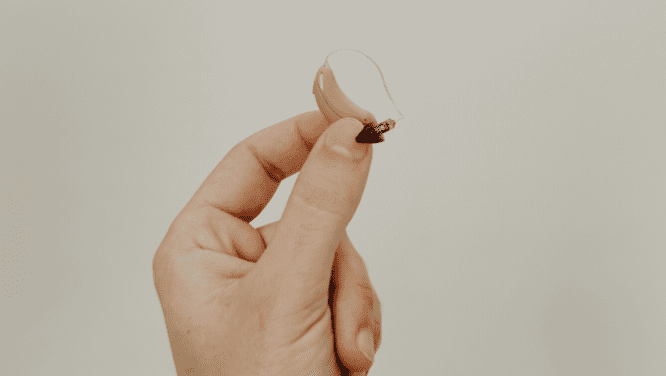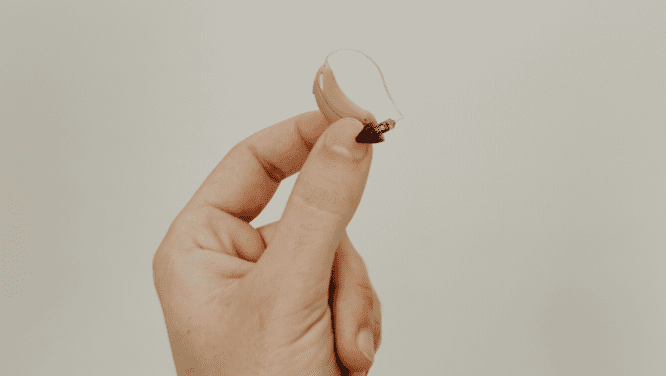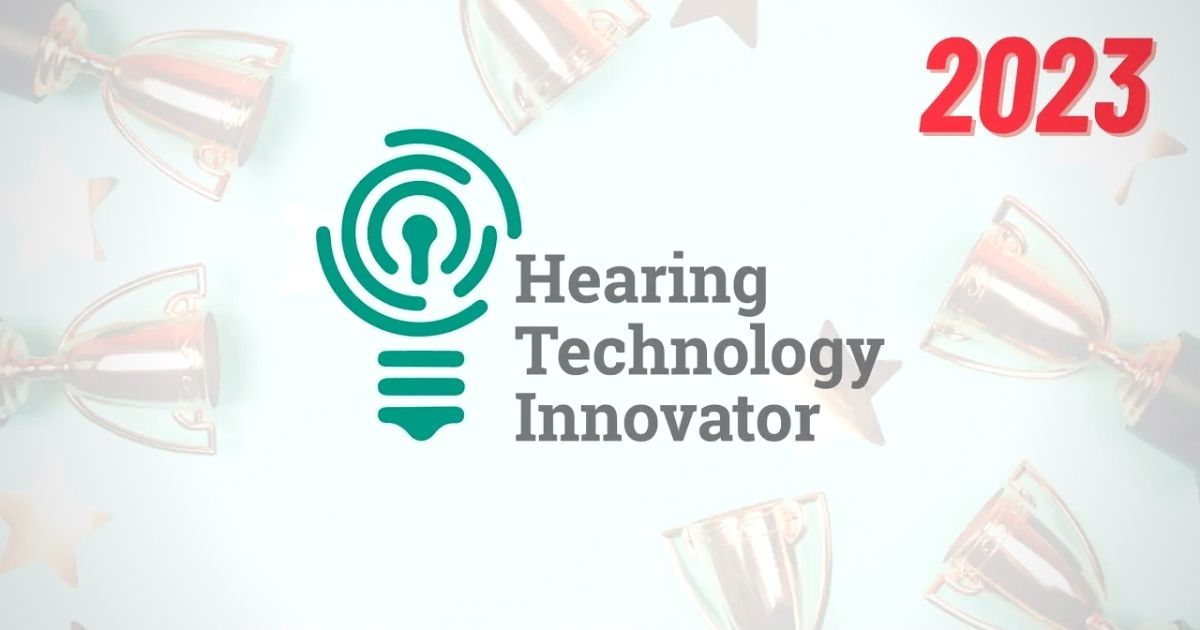Hearing Aid Timeline:
Hearing aids have been around for longer than the English language. In 100 A.D., Greek physician Archigenes suggested blowing trumpets into a patient’s ear as a cure for deafness. Luckily humanity has bridged those rather dim times into the
digital hearing aid age. Let’s check out the hearing aid timeline:

1600-the 1900s: The Trumpet Hearing Aid Age
The first modern “devices” were introduced in the 17
th Century, by French mathematician Jean Leurechon. Leurechon wrote the world’s first known description of a hearing aid—the ear trumpet. Trumpet hearing aids were the primary hearing aid until the turn of the 20
th century. These non-electric aids were essentially sophisticated, powerful, and fairly effective ways of amplifying and directing sound, much like cupping a hand behind your ear. Trumpet hearing aids came in a number of forms, with names like London domes, pipe trumpets, and Dippers (pictured here).
Some even became fashion statements, as they were adapted to headbands and hats or designed to look like flowers tucked behind a lady’s ear.

1900-the 1920s: The Telephone Age
Electric hearings aids came into play at the beginning of the 20
th century, with the advent of the carbon microphone. While based on the telephone principle, Alexander Graham Bell was not involved in their development. The carbon microphone reproduced sound by using sound waves to compress carbon against a diaphragm. As such, these carbon models were ineffective for serious hearing loss.

1920-40s: The Vacuum Tube Age
By the 1940s, the more portable vacuum tube was introduced. Supposedly invented by Earl C. Hanson, he called his hearing aid the “Vactuphone.” This hearing aid technology was able to address more severe hearing loss. However, they required two batteries, so costs were rather high at the time. Vacuum tubes became smaller but remained awkward over the next decade until transistors appeared.

The 1950s-80s: The Transistor Hearing Aid Age
The introduction of transistors was a massive step forward, allowing for the production of far more portable hearing aids. The prototypes for today’s Behind and In the Ear (
BTE/ITE) arrived on the market, containing analog technology. While analog hearing aid technology allowed for far more comfort, discreetness, and sound quality, their ability to filter noise and speech was quite limited. Analog hearing aids can still be found to the present day.

The 1980-the 2000s: The Digital Hearing Aid Age
By the time the 1980s rolled around, companies started introducing digital signal processors (DSPs) into their hearing aid designs. The form factor shrank substantially and the proliferation of channels and bands allowed for vastly more granular sound filtering and amplification. DSPs are the cornerstone of today’s hearing aids, making up the vast majority of sales in the US.

Future: Convergence?
The future of the hearing aid timeline looks bright and fascinating: the introduction of wireless technology and
Bluetooth will allow users to link up with technology in their surroundings (cellphones, HiFi, TVs, etc.). Some ultra-modern designs today allow a pair of hearing aids to communicate wirelessly with each other (left and right ear), providing ever more precise sounds. Users will hopefully be able to control and fine-tune their hearing aids themselves. Advancement in genetics and medicine might one day even correct nerve damage and thus alleviate hearing loss completely.
Very importantly, hearing technology will hopefully also become more accessible and affordable as we progress in the hearing aid timeline… a mission that we at
Audicus Hearing Aids are particularly interested in. As of today, virtually all hearing aids are produced with digital microchips and microprocessors. This technology, as used in all Audicus products, means hearing aids are of the smallest, sleekest, most powerful design ever… a result of two millennia of ingenuity!
by Patrick Freuler, CEO of Audicus
Updated in 2021










